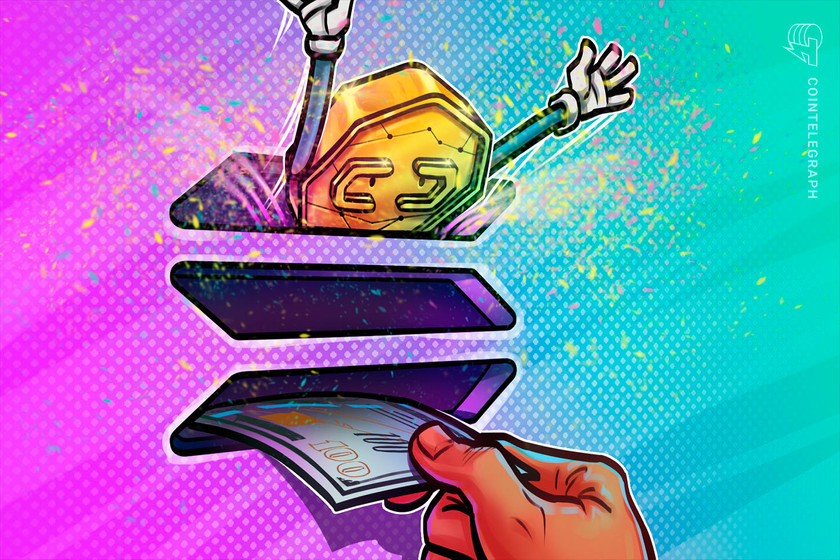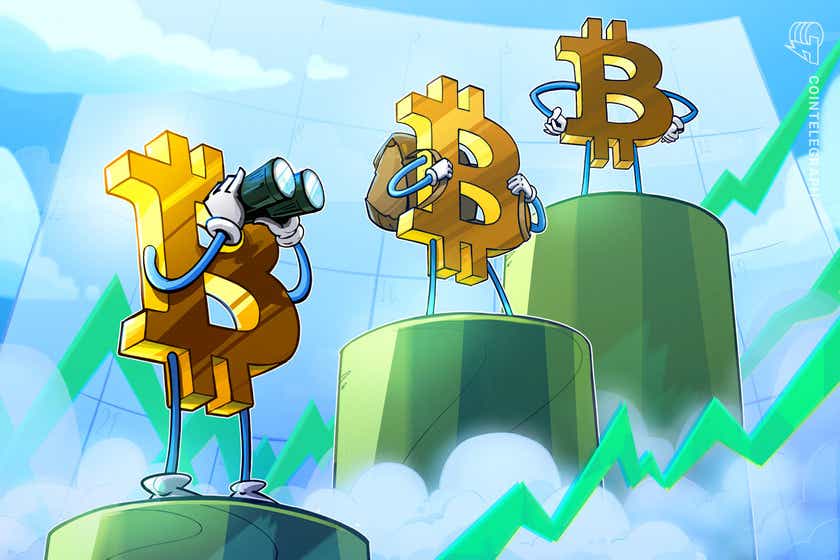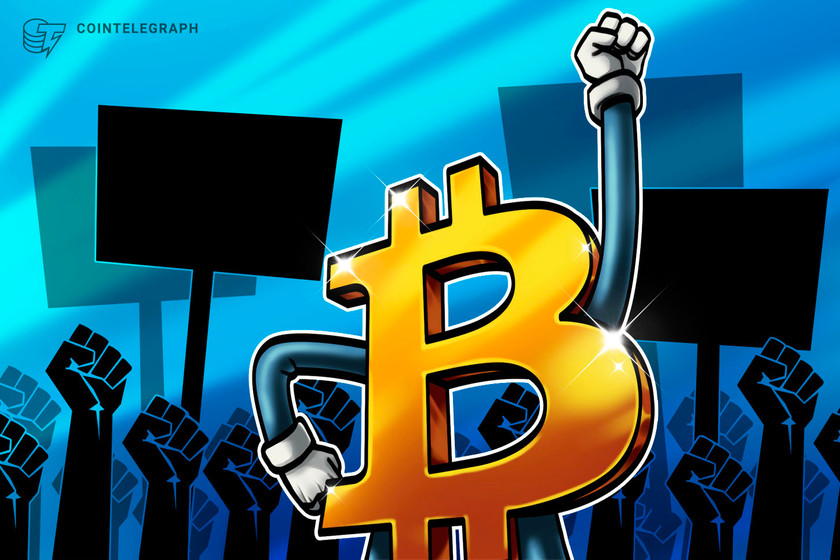DeFi has to be improved by embracing its peer-to-peer aspect
During this first wave of decentralized finance projects and services, users have been more than willing to part with their funds. It is very similar to how decentralized exchanges work, as convenience seems to trump privacy and security in DeFi. Just because some platforms offer a high annual percentage yield does not mean anyone should give up control of their funds.
Considering that DeFi is designed to be built on blockchain technology, there is no reason for go-betweens, intermediaries or fees. Unfortunately, these aspects are all present in a lot of solutions today. Regrettably, users have to pay to deposit funds and withdraw them again afterward. Concepts like these will eventually be the downfall for DeFi unless developers address them soon.
Uniswap, currently the fourth-largest Ethereum DeFi project by total value locked, shows how noncustodial DeFi works. The DEX never takes control of user funds — not even when adding liquidity to trading pairs. Its downside is that the escalating Ethereum gas fees hamper it. Using Uniswap is very easy, but paying over $20 to move funds in and out is unacceptable.
Ultimately, the end goal of DeFi is to let crypto enthusiasts earn a passive revenue stream without contracts or platforms taking custody of funds. Several projects already explore that option, but there is room for further improvements.
Why DeFi needs peer-to-peer solutions
In the current landscape, interfacing with decentralized finance relies on trusting smart contracts that may need an external audit. Unfortunately, this has given rise to a growing number of scams, rug pulls and projects suffering from hacks or other attacks. It makes the entire industry look weak and unprofessional.
A CipherTrace report from November 2020 confirms that half of the 2020 cryptocurrency-related hacks were due to insecure DeFi protocols or scams — an astonishing development — yet people keep pouring money into unknown projects. While exchanges lose more funds than decentralized finance projects, these statistics need to improve quickly.
Related: Roundup of crypto hacks, exploits and heists in 2020
Having the ability to earn up to 12% passive interest on one’s existing crypto holdings is a lot more appealing — especially when there are no lock-in periods for funds, as you can take money out of a solution at any time. It makes for a smarter, safer, more passive approach to putting one’s crypto assets to work. While an APY of up to 12% may not seem significant when compared with returns of up to 1,000%, it involves less risk and trust. I know where I’d put my money.
More importantly, a solution such as this comes with a peer-to-peer marketplace. Users looking to make loan offers have many options to choose from without requiring approval from intermediaries. Combined with a platform’s approach to insurance and creating a protection fund — as well as thorough audits — there is a lot to appreciate from this “second-gen” DeFi protocol. Moreover, support for more digital assets has to become the norm in decentralized finance.
Changing the LP and native token narrative
A popular trend in the current DeFi landscape is providing liquidity or liquidity protocol token farming. The concept has gained momentum thanks to Uniswap and other automated market maker platforms. The biggest drawback is that users are parting with two tokens and their balances to provide liquidity.
For example, if one wants to provide Uniswap liquidity, you need Ether (ETH) and Tether (USDT), or Dai and MKR, and so forth. For newcomers, this creates a big hurdle to overcome. This requirement of having to own the “correct asset” to partake in LP farming will not survive much longer. A new solution needs to be found, and LP grouping will make a significant impact.
LP grouping ensures that users only need to own one “asset” of the liquidity pair to provide liquidity. The smart contract can match them with other users who have the opposite asset. Creating a “grouped pool” to match these users will significantly boost overall DeFi participation and reduce the risks of providing liquidity.
An extra benefit is that LP grouping entitles users to earn compounding interest on their original asset and earn platform-native tokens. It is a curious concept that will make users more “loyal” to the platform of their choice. This is certainly an option worth exploring for anyone serious about advancing DeFi to the next stage. I hope to see more initiative involving LP grouping — or concepts that can perhaps improve upon it — pop up in the coming months.
The same applies to issuing native DeFi tokens as governance assets. More often than not, some tokens serve a speculative purpose first and foremost. Some platforms take a bolder approach by actively separating their utility and governance tokens. A dual-token approach is the way forward, and proper boundaries need to be established by DeFi providers. Dual tokens can also boost liquidity provision and trading volume when executed correctly.
Similar to how Bitcoin evolved from “play money” to the world’s leading cryptocurrency, DeFi platforms need to undergo an evolution. That will only happen by building new infrastructure and growing the overall community.
This article does not contain investment advice or recommendations. Every investment and trading move involves risk, and readers should conduct their own research when making a decision.
The views, thoughts and opinions expressed here are the author’s alone and do not necessarily reflect or represent the views and opinions of Cointelegraph.
Alex Zha serves as director of global operations at MXC Exchange, a one-stop cryptocurrency service provider. Prior to MXC, he gained experience at OKEx as senior global marketing manager. Alex is a veteran in the cryptocurrency and blockchain industry and is a well-versed marketing and operations specialist who believes blockchain and cryptocurrency will usher in the era of modern financial inclusion. He holds a master’s degree from the National University of Singapore.









